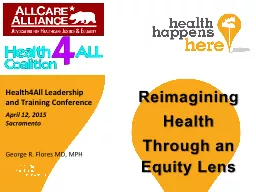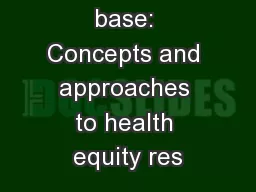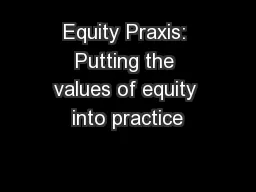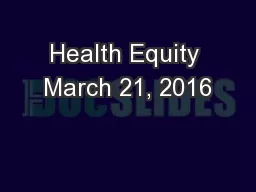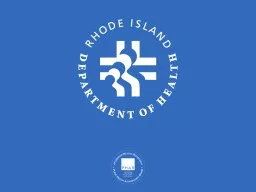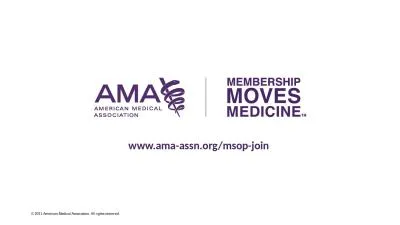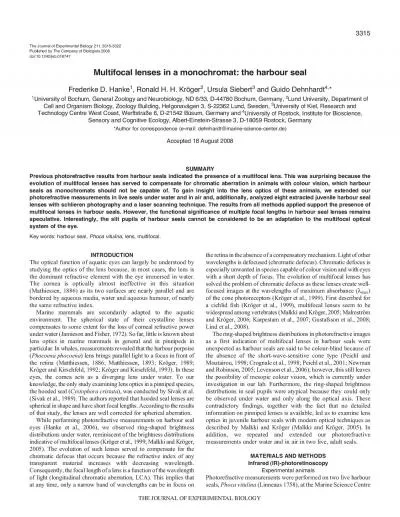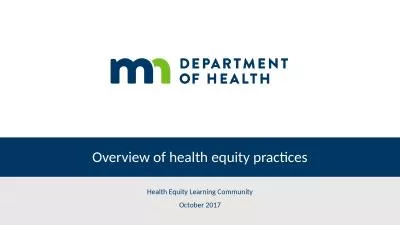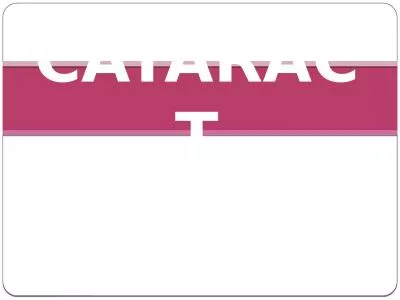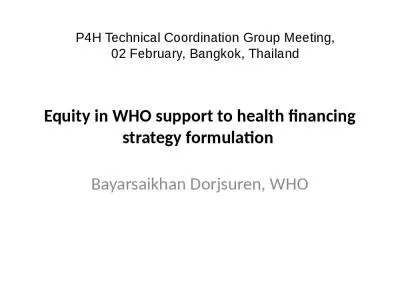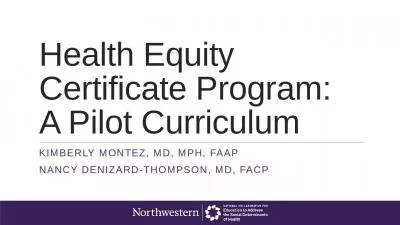PPT-Reimagining Health Through an Equity Lens
Author : danika-pritchard | Published Date : 2018-03-19
Health4All Leadership and Training Conference George R Flores MD MPH April 12 2015 Sacramento Spending Too Much on Medical Care 2009 data Notes Amounts in US Purchasing
Presentation Embed Code
Download Presentation
Download Presentation The PPT/PDF document "Reimagining Health Through an Equity Le..." is the property of its rightful owner. Permission is granted to download and print the materials on this website for personal, non-commercial use only, and to display it on your personal computer provided you do not modify the materials and that you retain all copyright notices contained in the materials. By downloading content from our website, you accept the terms of this agreement.
Reimagining Health Through an Equity Lens: Transcript
Download Rules Of Document
"Reimagining Health Through an Equity Lens"The content belongs to its owner. You may download and print it for personal use, without modification, and keep all copyright notices. By downloading, you agree to these terms.
Related Documents

